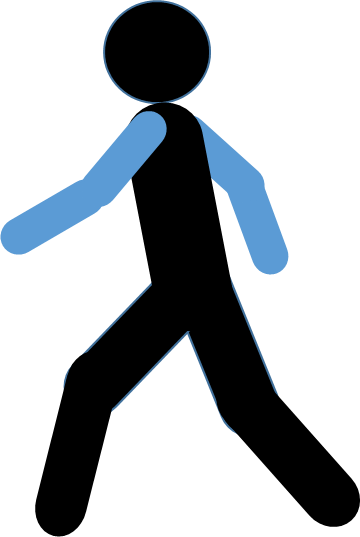Causal relationship between OHSS and immune cells: A Mendelian randomization study.
Abstract
OBJECTIVE: To confirm the causal relationship between immune cells and Ovarian Hyperstimulation Syndrome. DESIGN: Obtaining data, collecting single nucleotide polymorphisms, detecting instrumental variables heterogeneity, assessing causality, and assessing bidirectional causality. SUBJECTS: A two sample Mendelian study to confirm the causal relationship between immune cells and Ovarian Hyperstimulation Syndrome. EXPOSURE: Immune cell phenotype (including 22 million SNPs from GWAS on 3757 European individuals). MAIN OUTCOME MEASURES: Inverse variance weighting, one-sample analysis, MR-Egger, weighted median and weighted mode are used to assess the causal relationship between 731 immunophenotypes and Ovarian Hyperstimulation Syndrome. The weighted median and Mendelian Randomization multi-effect residuals and Mendelian Randomization multi-effect residuals and outlier tests are used to assess bidirectional causality between this two. RESULTS: After False Discovery Rate correction, 9 immunophenotypes were found to be significantly associated with the risk of Ovarian Hyperstimulation Syndrome. B cell panel: IgD+ AC (OR, 0.90) CD19 on CD24+ CD27+ (OR, 0.86) BAFF-R on CD20- CD38 (OR, -1.22); Mature T cell group panel: EM DN (CD4 -CD8-) AC (OR, 1.46); Myeloid cell panel: Mo MDSC AC (OR, 1.13) CD45 on CD33br HLA-DR+ (OR, 0.87); Monocyte panel: HLA-DR on monocyte (OR, 0.86) CCR2 on CD14+ CD16+ monocyte (OR, 1.15) cDC panel: HLA-DR on myeloid DC (OR, 0.89). CONCLUSION: This study shows the potential link between OHSS and immune cells by genetic means, providing new ideas for future clinical and basic research.
| Authors: | Zhang HM, Yao B, Li L, Guo SS, Deng HY, Ren YP, |
|---|---|
| Journal: | J Reprod Immunol;2024Aug08; 165 104314. doi:10.1016/j.jri.2024.104314 |
| Year: | 2024 |
| PubMed: | PMID: 39173334 (Go to PubMed) |

